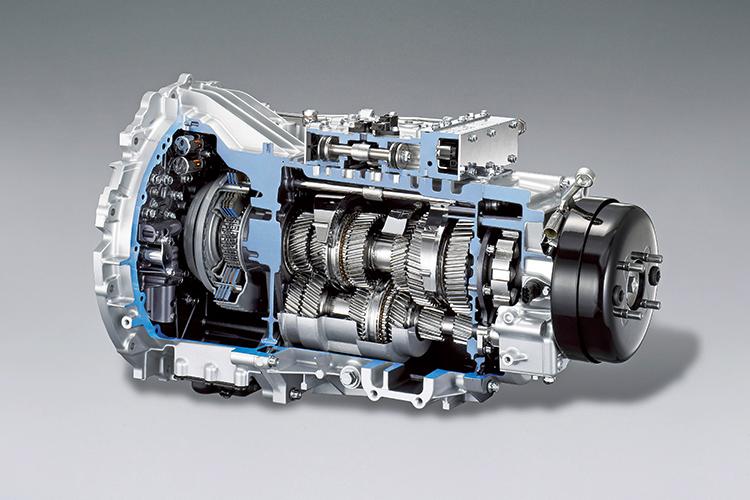Automotive Transmission Pump: A Vital Component for Smooth Driving

Automotive transmission pump plays a crucial role in efficiently transferring transmission fluid from the engine to various other transmission components. Its operation allows for smooth gearshifts and aids the transmission in delivering power from the engine to the wheels. In this article, we will deep dive into understanding the working of a transmission pump, the different types of pumps used, common issues faced and maintenance tips.
Working of a Transmission Pump
A transmission pump draws transmission fluid from the transmission fluid pan and pressurizes it to circulate through the transmission system. It is usually mounted on the transmission case and driven directly or indirectly by the engine crankshaft. When the engine is running, the pump turns and pushes the fluid through small channels and passages into various valves, gears and hydraulic circuits of the transmission. This pressurized fluid helps lubricate gears and friction plates, provides hydraulic pressure for gear shifts and cools down transmission components. Without the constant fluid flow provided by the pump, the transmission would overheat and break down very quickly.
Types of Transmission Pumps
The most common types of Automotive Transmission Pump used in modern vehicles include:
- Gear Pump: Also known as spiral gear pumps, they have two meshing gears that pull fluid in from the edges and push it out the center. These are affordable and durable pumps used in many older auto transmissions.
- Vane Pump: Constructed with an eccentric rotor and sliding vanes, they can generate high pressures efficiently. Often used for high power applications like performance cars and trucks.
- Roller Pump: Contains rotating rollers inside a cylinder that squeeze fluid out. They offer smoother flow than gear pumps but are also more expensive. Commonly found in luxury and newer vehicles.
- Electric Transmission Oil Pump: A relatively new addition, driven by an electric motor instead of the engine. Provides independent fluid pressure control for improved efficiency. Seen more in hybrids and electric vehicles.
Failure Signs and Common Issues
While transmission pumps are designed to run smoothly for 100,000 miles or more, wear and tear can eventually cause issues like:
- Low Fluid Flow: Caused by worn vanes, gears or rotors reducing pumping efficiency. Results in delayed or uneven shifts.
- Fluid Leaks: Worn seals or cracks in the casting allow fluid to seep out over time. Requires replacement of the entire pump.
- Noisy Operation: As internal parts wear excessively, the pump may start making whining or grinding noises during use. Indicates nearing end of life.
- Overheating: Lack of adequate fluid circulation overworks transmission components leading to higher operating temps.
Regular Maintenance and Inspection
To maximize pump lifespan and avoid costly repairs, following these simple steps can help:
- Change Transmission Fluid: As specified in owner's manual, usually every 30,000-100,000 miles. This flushes out contaminants.
- Check Fluid Level: Low fluid level strains the pump. Check dipstick when fluid is cool and top up if needed.
- Tighten Hoses and Connections: Leaks develop from loose fittings over time. Inspect and tighten as preventive maintenance.
- Address Any Issues Promptly: Warning signs like noises or slipping should not be ignored. Have a mechanic diagnose the pump right away.
- Replace At First Signs of Wear: Once failure is inevitable, replacement is more affordable than allowing further damage downhill.
In summary, an automotive transmission pump is an inexpensive but critical component that enables smooth drivetrain operation. Following the manufacturer's service schedule and being attentive to pump condition helps maximize its working life. Timely repairs or replacement ensures continued reliable performance from the transmission system.
Get more insights on- Automotive Transmission Pump
- Art
- Causes
- Crafts
- Dance
- Drinks
- Film
- Fitness
- Food
- Игры
- Gardening
- Health
- Главная
- Literature
- Music
- Networking
- Другое
- Party
- Religion
- Shopping
- Sports
- Theater
- Wellness
- IT, Cloud, Software and Technology


